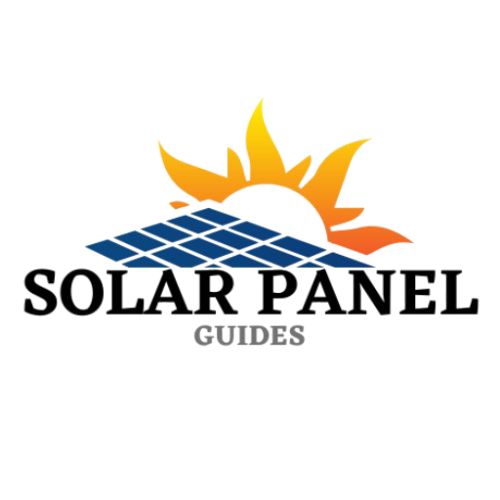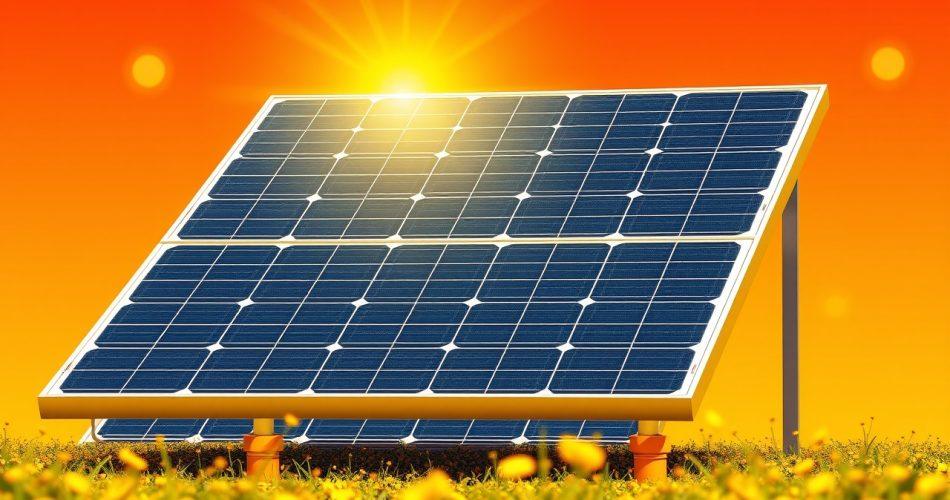Disclosure: This post may contain affiliate links, which means I may receive a small commission if you make a purchase through my links, at no extra cost to you. Thank you for supporting my work!
DIY solar panel installation offers numerous benefits, both for your wallet and the environment. By harnessing the power of the sun, you can significantly reduce your electricity bills and even generate excess energy to sell back to the grid. Additionally, installing solar panels yourself can be a fulfilling and empowering experience, allowing you to take control of your energy production and reduce your carbon footprint.
With the advancements in solar technology and the availability of DIY kits, it has become easier than ever for homeowners to embrace solar energy and reap its rewards. Furthermore, DIY solar panel installation can provide a sense of independence and self-sufficiency. By generating your own clean energy, you are less reliant on traditional energy sources, which can be subject to price fluctuations and supply chain disruptions.
This can provide peace of mind and stability in the face of uncertain energy markets, making DIY solar panel installation a smart investment for the long term.
Key Takeaways
- DIY solar panel installation can save you money and help the planet
- Understanding the benefits of DIY solar panel installation is important before starting the process
- A step-by-step guide can make DIY solar panel installation easier to understand and follow
- Having the right tools and materials is crucial for successful DIY solar panel installation
- Choosing the right location for solar panel installation and avoiding common mistakes are key factors for a successful DIY project
Step-by-Step Guide to DIY Solar Panel Installation
Assessing Energy Needs and Obtaining Permits
First, you’ll need to assess your energy needs and determine the size and number of solar panels required to meet those needs. Next, you’ll need to acquire the necessary permits and approvals from local authorities, ensuring compliance with building codes and regulations.
The Installation Process
Once you have the green light to proceed, the actual installation process involves mounting the solar panels on your roof or in a suitable location, connecting them to an inverter to convert the DC power generated by the panels into usable AC power, and finally integrating the system with your home’s electrical grid.
Ensuring a Safe and Successful Installation
Throughout this process, attention to detail and adherence to safety protocols are paramount to ensure a successful and safe installation.
Tools and Materials Needed for DIY Solar Panel Installation
To undertake a DIY solar panel installation, you will need a range of tools and materials to complete the project successfully. These may include solar panels, mounting hardware such as rails and brackets, an inverter to convert DC power to AC power, wiring and connectors, a charge controller for off-grid systems, and a battery bank for energy storage if desired. In addition to these components, you will require basic hand tools such as a drill, screwdriver, wrenches, and wire cutters, as well as safety equipment including gloves, safety glasses, and a sturdy ladder for working at heights.
It’s essential to invest in high-quality tools and materials to ensure the longevity and efficiency of your solar panel system. For more detailed instructions on how to build a solar panel, you can visit this link.
Tips for Choosing the Right Location for Solar Panel Installation
| Factors to Consider | Importance |
|---|---|
| Sunlight exposure | High |
| Shading from trees or buildings | High |
| Roof orientation and tilt | High |
| Roof condition and age | Medium |
| Local regulations and permits | Medium |
| Available space for panels | Medium |
| Distance to power grid connection | Low |
Selecting the optimal location for solar panel installation is crucial to maximize energy production and efficiency. Ideally, the chosen location should receive ample sunlight throughout the day without obstruction from trees, buildings, or other structures. South-facing roofs typically offer the best exposure to sunlight in the northern hemisphere, while north-facing roofs are preferable in the southern hemisphere.
Moreover, it’s important to consider the angle of the solar panels to capture the most sunlight. The tilt angle should be adjusted based on your geographical location to align with the sun’s path for maximum energy absorption. Additionally, factors such as roof orientation, shading from nearby objects, and local climate conditions should be taken into account when determining the best location for solar panel installation.
How DIY Solar Panel Installation Can Save You Money

One of the most compelling reasons to pursue DIY solar panel installation is the potential for significant cost savings over time. While the initial investment in solar panels and installation may seem substantial, the long-term financial benefits are undeniable. By generating your own electricity from sunlight, you can reduce or even eliminate your reliance on grid power, leading to substantial savings on your utility bills.
Furthermore, many governments and local authorities offer incentives and rebates for installing solar panels, further offsetting the upfront costs. In some cases, excess energy generated by your solar panels can be sold back to the grid through net metering programs, providing an additional source of income. Over the lifespan of your solar panel system, the savings on electricity bills and potential income from selling excess energy can far outweigh the initial investment, making DIY solar panel installation a financially savvy decision.
Environmental Benefits of DIY Solar Panel Installation
In addition to the economic advantages, DIY solar panel installation offers significant environmental benefits. By harnessing clean, renewable energy from the sun, you can reduce your carbon footprint and contribute to mitigating climate change. Solar energy production produces no greenhouse gas emissions or air pollutants, unlike traditional fossil fuel-based electricity generation.
Moreover, by embracing solar power at the individual level, you are contributing to a broader transition towards sustainable energy sources. This collective shift away from fossil fuels towards renewable energy is essential for combating environmental degradation and preserving natural resources for future generations. By choosing DIY solar panel installation, you are actively participating in the global effort to create a cleaner and more sustainable planet.
Common Mistakes to Avoid When Installing Solar Panels Yourself
While DIY solar panel installation can be a rewarding endeavor, it’s essential to be aware of common mistakes that can compromise the effectiveness and safety of your system.
One common error is underestimating the importance of proper planning and design.
Failing to accurately assess your energy needs or choosing an unsuitable location for solar panel installation can lead to suboptimal performance.
Another mistake to avoid is cutting corners on quality components or workmanship. Using inferior materials or taking shortcuts during installation can result in reduced efficiency and reliability of your solar panel system. Additionally, neglecting safety precautions when working at heights or with electrical components can pose serious risks to yourself and others.
Lastly, overlooking regular maintenance and monitoring of your solar panels can lead to decreased performance over time. It’s crucial to keep your panels clean, inspect for damage or wear, and ensure that all components are functioning as intended. By avoiding these common mistakes and approaching DIY solar panel installation with diligence and attention to detail, you can enjoy the full benefits of clean, renewable energy for years to come.
FAQs

